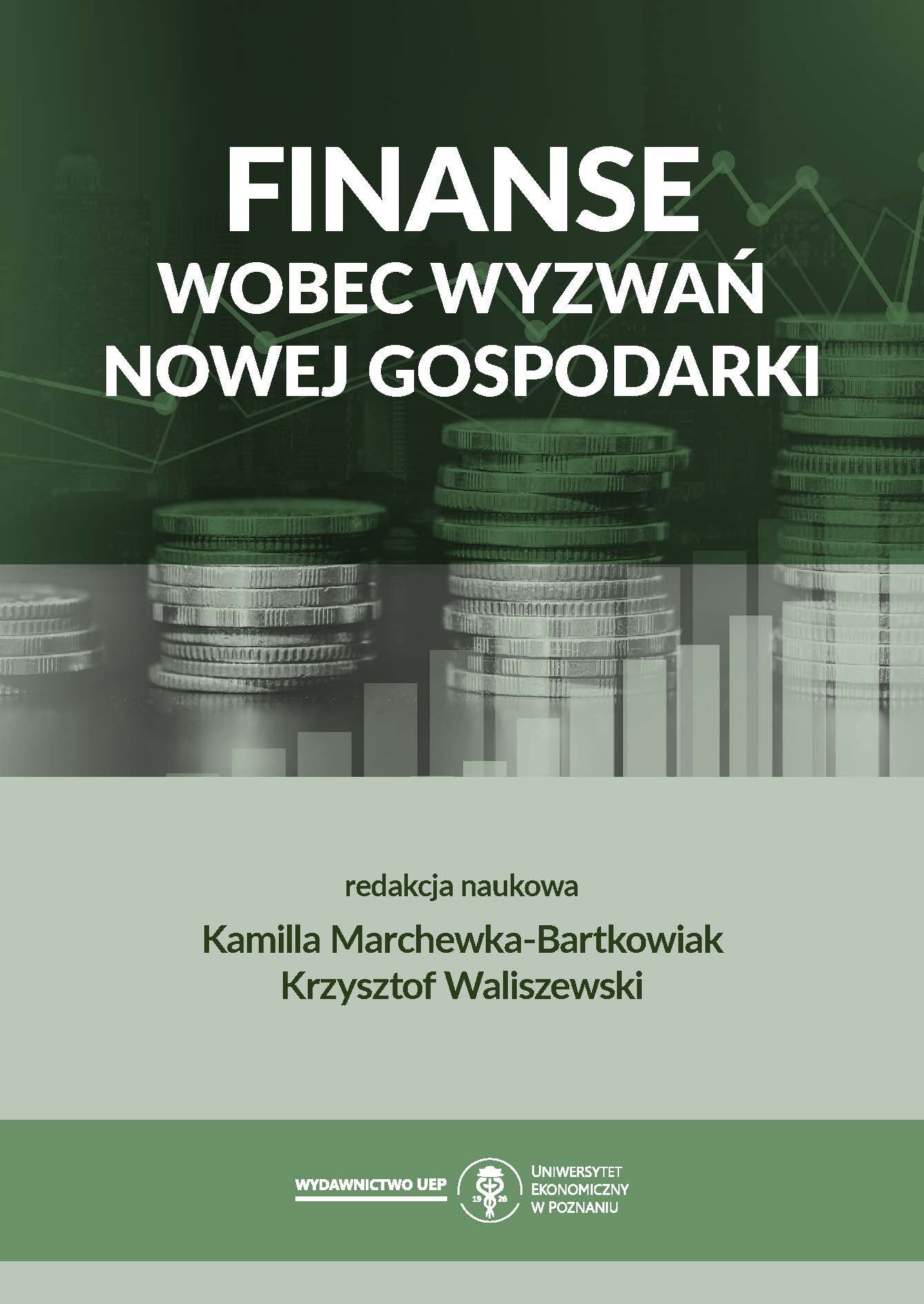Sektor bankowy w pierwszym półroczu 2023 roku
The banking sector in 1H 2023
Author(s): Mariusz Zygierewicz
Subject(s): Economy, Business Economy / Management, Micro-Economics, Economic development, Financial Markets
Published by: Wydawnictwo Uniwersytetu Ekonomicznego w Poznaniu
Keywords: sektor bankowy;kryzys finansowy;wynik finansowy;
Summary/Abstract: Purpose: The aim of the chapter is to analyse the results of the banking sector in the first half of 2023 and the conditions in which they were achieved. 1H 2023 was a very interesting period for the banking sector both in Poland and worldwide. In March 2023, the world could observe new cases of turbulence in the banking sector, with the most complicated cases occurring in the USA and Switzerland. Thanks to a rapid and deep reaction of different institutions responsible for the stability of the financial market, the negative consequences were rather limited and they were evidence of an unstable situation of individual banks. This wave of turbulence affected both smaller and bigger banks, and therefore it seemed important to indicate the main reasons for the last turbulences and to implement the right measures in order to avoid similar problems in the future. This experience delivered many new recommendations for banks and supervisors. It emphasised the significance of fully implementing the prudential measures set by the Basel Committee and applying these measures to all banks, not just those operating internationally. The turbulences in question highlighted the importance of effective supervision, strong risk management in banks, improved regulation of interest rate risk management, and consistent application of AT1 instruments worldwide. The disturbances have also reignited the debate about the scale of deposit guarantees and resolution mechanisms in the banking sector. Methodology: The author uses the method of analysing literature and data from the balance sheet and income statement of the banking sector in Poland. Findings: In Poland, the banking sector remained stable, with no new instances of turbulence detected. However, the economic conditions for the banking sector’s development were complicated. Real GDP growth was negative, market interest rates remained high, and these factors limited the demand for credit from both the economy and households. In this situation the structure of bank assets has worsened. The share of credit portfolio has shrunk and the volume of treasure bonds in the bank assets has grown. Despite the unfavourable macroeconomic conditions, it shall be noted that the quality of the credit portfolio has not worsened. The higher interest rates allowed banks to generate higherprofits. These profits were limited by the credit memorandum adopted by the Polish Parliament and high reserves set up in order to cover the risk concerning FX mortgage credits. Banks have had problems to increase the non-interest income. Higher nominal profits do not change a lot the general picture of the Polish banking sector. Its rentability remained low, but it was higher than in 2022. Looking at the results of the total European banking sector, it is necessary to conclude that the asset structure and credit quality in Poland is worse compared to the entire European sector. The share of credit in Poland’s total assets is lower, while the share of non-performing loans (NPLs) is higher than the average figures in the European banking sector. Additionally, the rentability of Polish banks also remained lower in comparison to the figures presented by the European banking sector.
Book: Finanse wobec wyzwań Nowej Gospodarki
- Page Range: 182-200
- Page Count: 19
- Publication Year: 2024
- Language: Polish
- Content File-PDF

